Name John Hennessy | ||
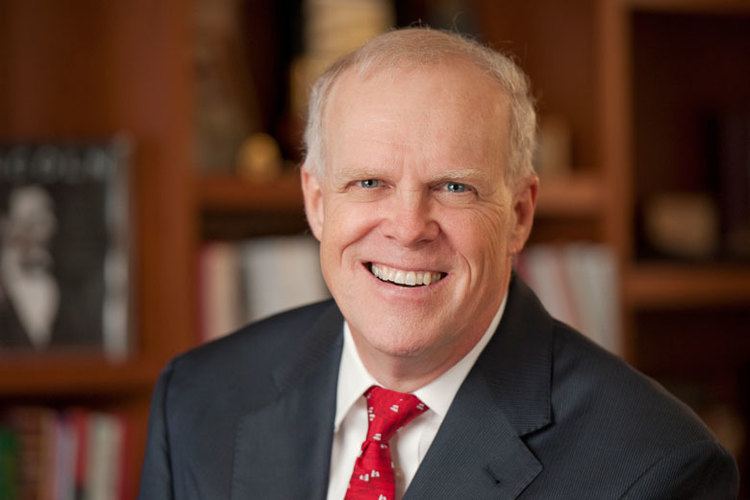 | ||
Residence Lou Henry and Herbert Hoover House, Stanford, California, United States Website www.stanford.edu/~hennessy Books Computer Architecture: A Quantitative Approach Awards Eckert–Mauchly Award, IEEE John von Neumann Medal Organizations founded MIPS Technologies, Qualcomm Atheros Similar People David Patterson, John Etchemendy, Teresa H Meng, Urs Holzle, C Patrick Yue | ||
John l hennessy the future of research universities
John Leroy Hennessy (born September 22, 1952) is an American computer scientist, academician, and businessman. Hennessy is one of the founders of MIPS Computer Systems Inc. as well as Atheros and served as the tenth President of Stanford University. Hennessy announced that he would step down in the summer of 2016. He was succeeded as President by Marc Tessier-Lavigne. Marc Andreessen called him "the godfather of Silicon Valley."
Contents
- John l hennessy the future of research universities
- Early life
- Career
- Research
- Selected publications
- References
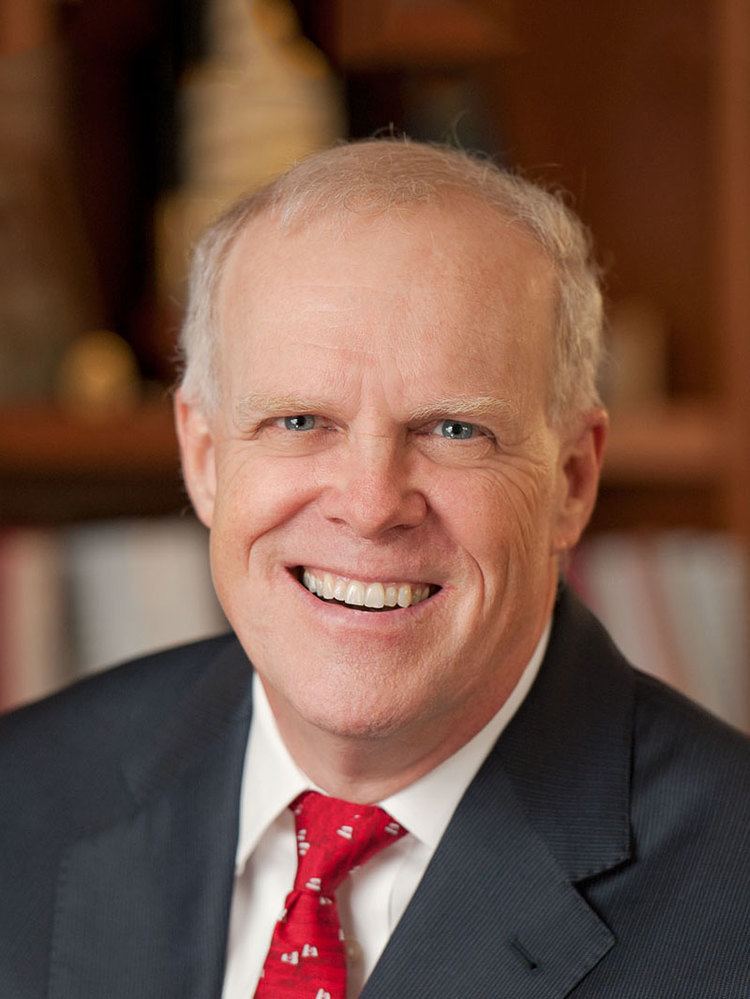
Early life
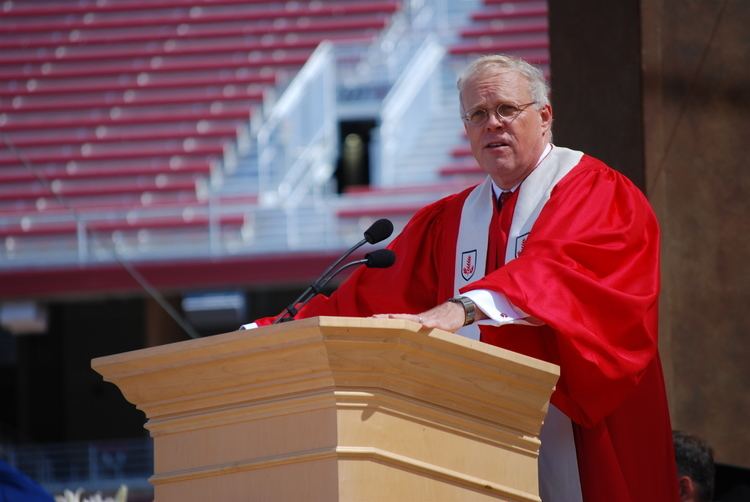
Hennessy was raised in Huntington, New York, as one of six children. His father was an aerospace engineer and his mother was a teacher before raising her children.
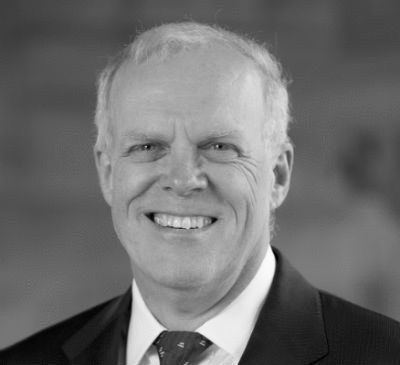
He earned his bachelor's degree in electrical engineering from Villanova University, and his master's degree and Ph.D. in computer science from Stony Brook University. He is married to his high school sweetheart, Andrea Berti.
Career
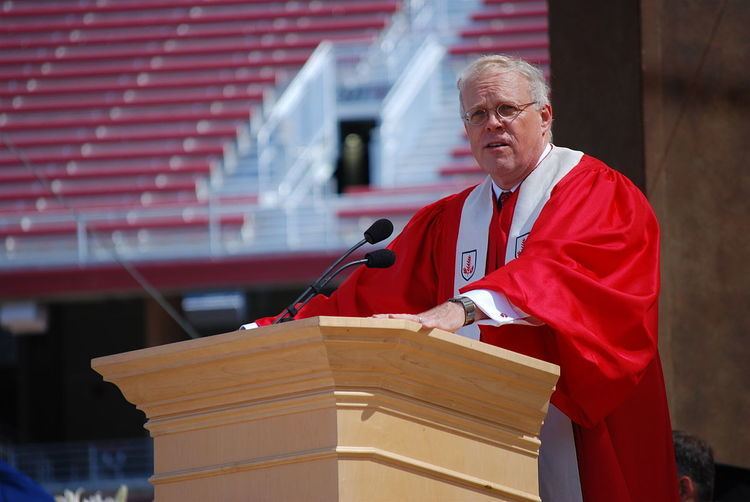
Hennessy became a Stanford faculty member in 1977. In 1981, he began the MIPS project to investigate RISC processors, and in 1984, he used his sabbatical year to found MIPS Computer Systems Inc. to commercialize the technology developed by his research. In 1987, he became the Willard and Inez Kerr Bell Endowed Professor of Electrical Engineering and Computer Science.
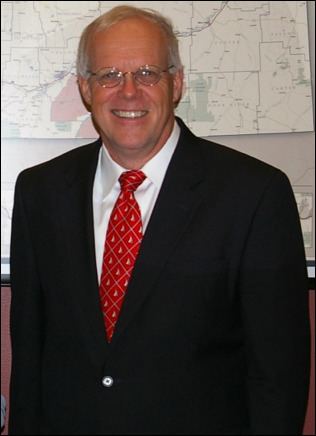
Hennessy served as director of Stanford's Computer System Laboratory (1989–93), a research center run by Stanford's Electrical Engineering and Computer Science departments. He was chair of the Department of Computer Science (1994–96) and Dean of the School of Engineering (1996–99).
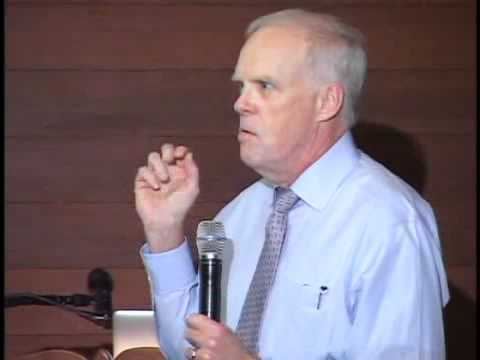
In 1999, Stanford President Gerhard Casper appointed Hennessy to succeed Condoleezza Rice as Provost of Stanford University. When Casper stepped down to focus on teaching in 2000, the Stanford Board of Trustees named Hennessy to succeed Casper as president. In 2008, Hennessy earned a salary of $1,091,589 ($702,771 base salary, $259,592 deferred benefits, $129,226 non-tax benefits), the 23rd highest among all American university presidents.
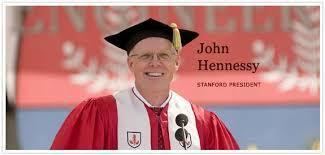
In 1997, he was inducted as a Fellow of the Association for Computing Machinery (ACM).
Hennessy is a board member of Google, Cisco Systems, Atheros Communications, the Daniel Pearl Foundation. and the Gordon and Betty Moore Foundation.
In 2007, he was made a Fellow of the Computer History Museum "for fundamental contributions to engineering education, advances in computer architecture, and the integration of leading-edge research with education".
On October 14, 2010, Hennessy was presented a khata by the 14th Dalai Lama before His Holiness addressed Maples Pavilion.
In December 2010, Hennessy coauthored an editorial with Harvard University President Drew Gilpin Faust urging the passage of the DREAM Act; the legislation did not pass the 111th United States Congress.
In 2012, Hennessy was awarded the IEEE Medal of Honor. The IEEE awarded Hennessy their highest recognition "for pioneering the RISC processor architecture and for leadership in computer engineering and higher education". In 2012, Hennessy received an honorary doctor of mathematics degree from the University of Waterloo (Canada), in celebration of his profound contributions to modern computer architecture and to post-secondary education.
In 2013, Hennessy became a judge for the inaugural Queen Elizabeth Prize for Engineering. He has remained on the judging panel for the subsequent awards in 2015 and 2017.
In June 2015, Hennessy announced that he would step down as Stanford president in summer 2016.
In fall 2016, Hennessy will serve as the Knight-Hennessy Scholars program's inaugural director; this is a $750 million endowment to fully fund graduate students for three years.
Research
Hennessy has a history of strong interest and involvement in college-level computer education. He co-authored, with David A. Patterson, two well-known books on computer architecture, Computer Organization and Design: the Hardware/Software Interface and Computer Architecture: A Quantitative Approach, which introduced the DLX RISC architecture. They have been widely used as textbooks for graduate and undergraduate courses since 1990.
Hennessy also contributed to updating Donald Knuth's MIX processor to the MMIX. Both are model computers used in Knuth's classic series, The Art of Computer Programming. MMIX is Knuth's DLX equivalent.
In 2004, he was awarded the Association for Computing Machinery SIGARCH ISCA Influential Paper Award for his 1989 co-authored paper on high performing cache hierarchies. He received the award again in 2009 for his 1994 co-authored paper on the Stanford FLASH multiprocessor.
